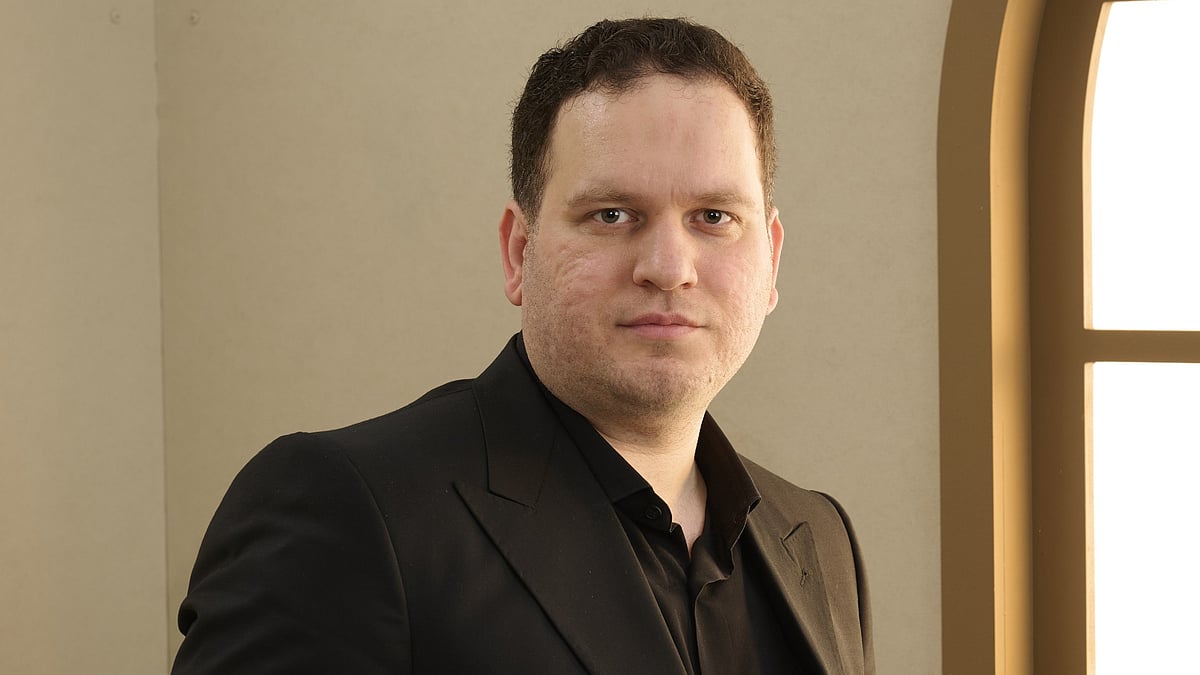A chess board is a special place. A game of chess always begins from the same starting position, giving you and your opponent exactly the same material, which is placed symmetrically opposite each other. Yet, we find that each game of ours develops differently as the moves are made. There are new possibilities, new decisions, new thought processes, new conclusions and new mistakes. Each game provides us material to learn from.
A couple of years ago, I was playing in the finals of an Online Team Championship (yes, chess can be played online and is an extremely popular format). My team had done exceedingly well to reach the finals, comprised of great players including our Captain Grandmaster Anish Giri from the Netherlands, and most importantly we had won against our next opponents in one of the qualifying rounds. We were extremely confident of our chances. The opponents, however, were undeterred. In the pre-match interview, their captain, Grandmaster Ding Liren from China, who is the current World Champion, quoted Heraclitus:
“No man ever steps into the same river twice because it is not the same river and he is not the same man”
They won the finals, and we settled for silver. Chess, sport, and life are all a question of mindset and approaches! Let’s learn one of the main approaches to open a chess game today.
Setting up the board

Starting position and concept of centre |
First we pay attention to the board orientation – the right most corner square is white in colour – and then we pay attention to the placement of the pieces. The major and minor pieces are placed on the rank closest to the players on each side of the board, i.e. on the 1st and 8th ranks respectively. And the 8 pawns are all lined up in a row in front of them. Coming to the pieces, the two rooks on each side are placed on the corner squares: a1, h1, a8 and h8. Then the knights are placed right next to them, the bishops are placed next to each knight, the Queen is placed on the colour of her square, and the King is placed right beside her. So the White King is always placed on a dark square (e1) and the Black King is always placed on a light square (e8) at the beginning of a chess game.
Principles of opening a chess game:
Develop your pieces. You have been given an army of 8 pieces and 8 pawns, use all of them! It is advisable to develop the minor pieces, which are the bishop and knight, before we develop the major pieces, which are the rooks and Queen, unless we are getting a sure shot advantage by developing the major piece. This is because minor pieces take a little more time to reach from one place to another than the major pieces. Secondly, major pieces are more valuable, so they are more prone to attack by the opponent’s pawns and minor pieces. Thirdly, major pieces would be able to carry out their functions more effectively with the support of the pawns and the minor pieces.
Control the centre. The ‘e’ and ‘d’ files are the central files, the 4th and 5th ranks are the central ranks, and more specifically e4, d4, e5 and d5 are the central squares. Controlling the centre, either by occupying it directly with our pawns or pieces, or by influencing it through attack, is an essential part of aiming for an advantage. Firstly, the King is in the centre in the beginning of the game, so until the King castles, controlling the centre helps us to attack the Opponent King as fast as possible. Secondly, a piece in the centre controls more squares than if it is in the corner. This is especially true for knights! Thirdly, a piece reaches either side of the board faster when it is in the centre rather than travel across the board from one corner to the other, especially in the case of minor pieces.
Keep your King safe. The King is a piece with powers of its own, but the game is also lost when the King gets checkmated. Castling ensures the safety of the King, and simultaneously brings the rook used for castling closer to the centre. If you want to castle Kingside (the area between ‘f’ and ‘h’ files) then the sooner you develop the Kingside knight and bishop, the faster you will be able to castle. Same goes for castling Queenside (area between ‘c’ and ‘a’ files ).
Here’s to a fresh start! Each year has the same number of days, yet each one is a new one, because the circumstances will be different and because we will be different. Happy New Year!
Answers for questions from the previous article :
Ans 1: Qh7! Checkmate!
Ans 2: Qh2! Checkmate!
(Soumya Swaminathan is an International Master and Woman Grandmaster in Chess. She has been World Junior Champion and Commonwealth Gold Medalist)












